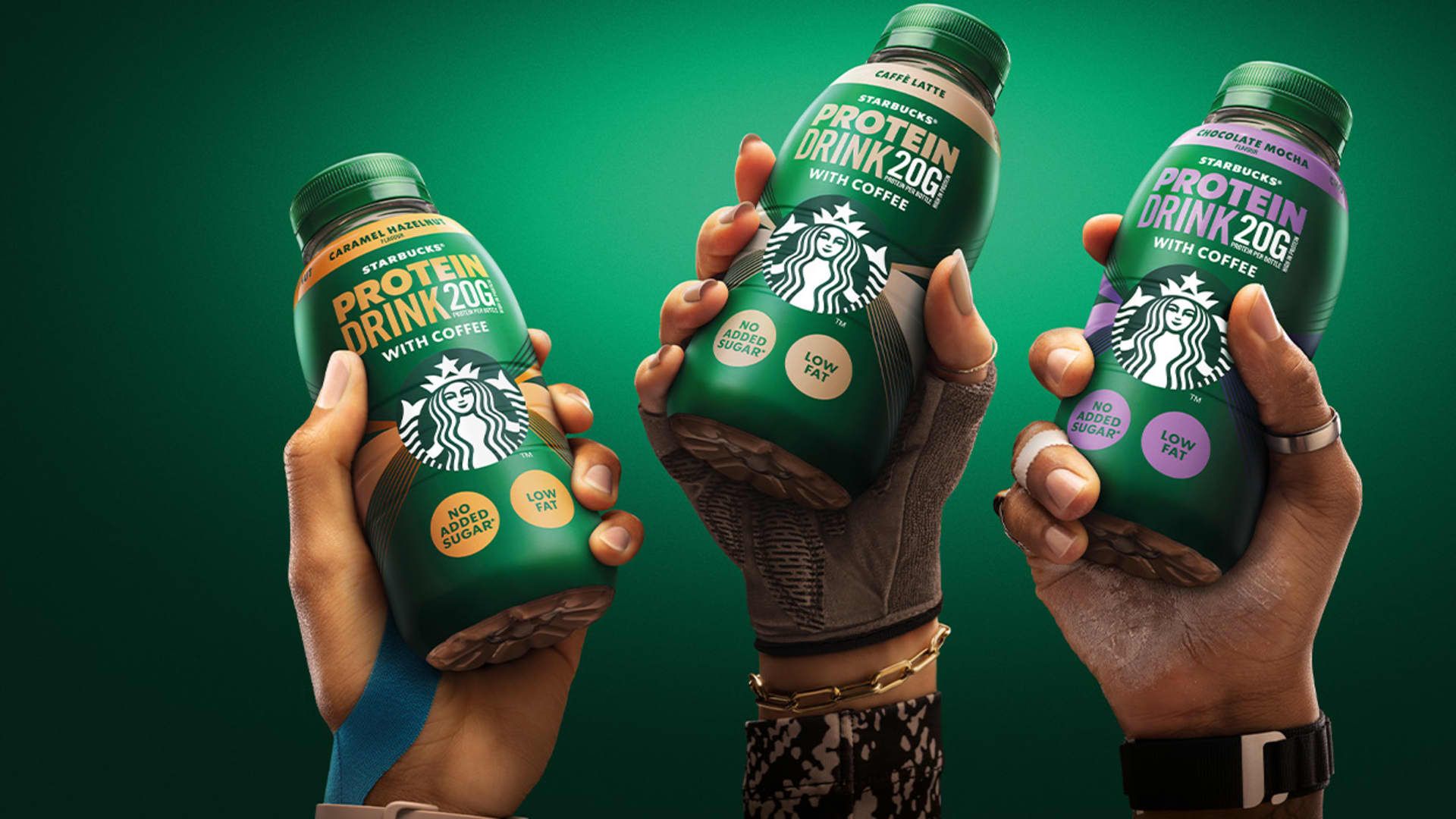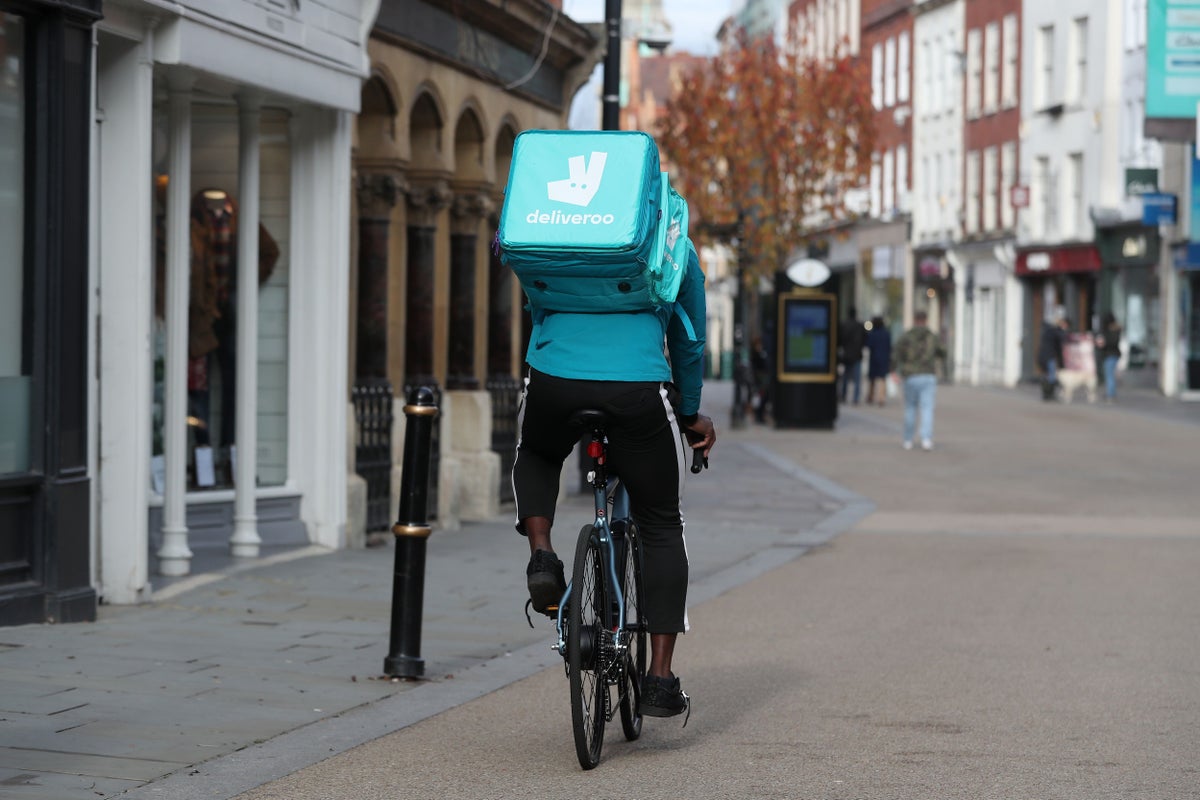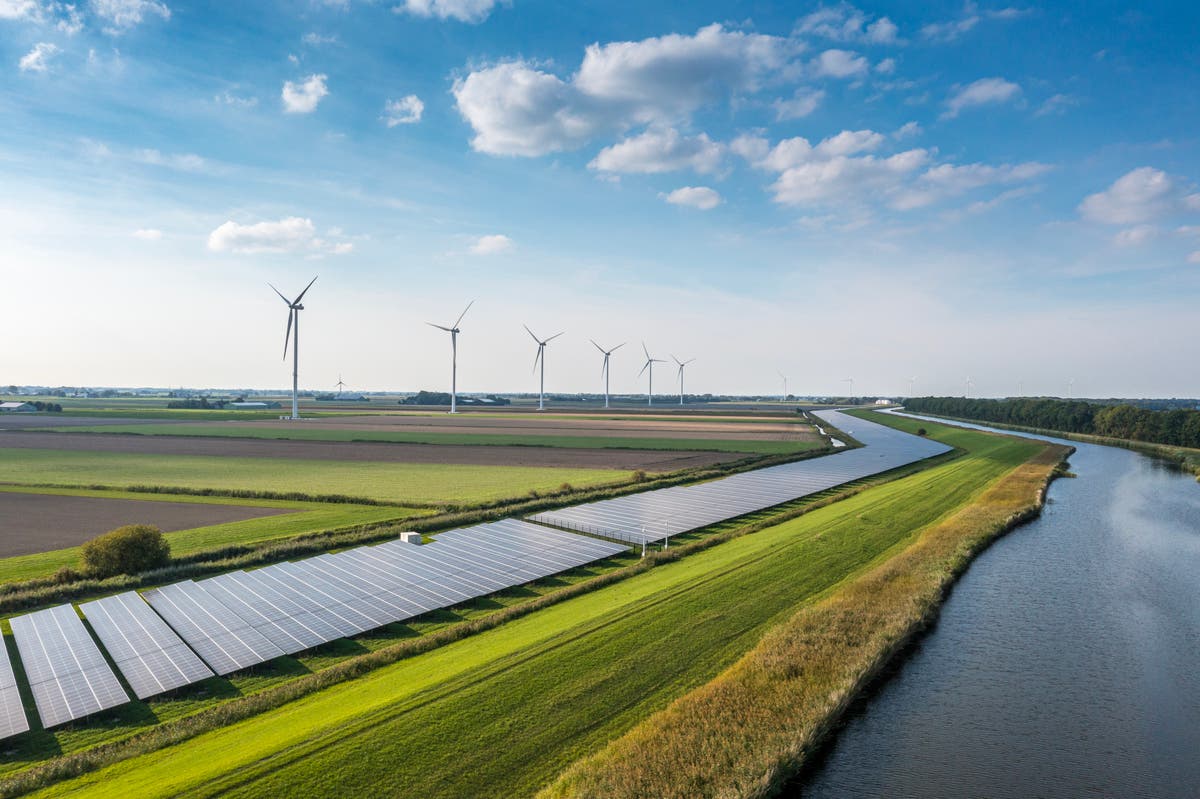Starbucks protein drink
Courtesy: Starbucks
Restaurant chains bind to protein frenzy, hoping to encourage diners to pay more for additional macronutrients for a time when many consumers do not spend so much.
From “Gym Bros” to GLP-1 drug users such as Ozempic, many Americans are trying to add more proteins to their diets, with the aim of building or maintaining their muscle mass and feeling more satiated after meals. In addition, diet trends that do not emphasize protein intake, such as ketogenic diet, have fallen out of favor.
“Many younger consumers are more proactive about their health habits, so they are looking for ways to support health now, but also to support their health in the future,” said Julia Mills, food and beverage analyst for the market research firm Mintel. “Alpha generation, GEN Z, Millennials: These consumers are very active in social networks, so they constantly feed this message that you need more proteins, and the protein helps you gain muscle and makes it stronger.”
Approximately one third of consumers said they loved high proteins in the second quarter of 2025, compared to 24% three years ago, according to DataSential, which tracks the restaurants menus and consumer preferences.
The trend has fed an acquisition of protein in the halls of the grocery store, from gofres of Ego-Waffles full of protein to Khloe Khloe Kardashian protein corn disorders.
But it is also reaching the menus of restaurants looking for ways to encourage guests to pay food and premium drinks.
Carry StarbucksFor example. The coffee giant said at the end of July that it will launch a cold foam full of 15 grams of protein at the end of this year; The regular cold foam complement generally costs customers $ 1.25 additional per drink. The new foam occurs when chain sales in the United States have been reduced during the past year when coffee drinkers prepare their java at home or look for more modern options.
Rival Dutch gros He launched a protein coffee at the beginning of 2024 and charges the additional $ 1 customers for customization. The addition of the menu fueled a strong growth and profits of sales in the same store for the Evennediza chain.
'I've never been vilified'
Restaurants seek to attract diners such as Jared Hutkowski, a 42 -year -old broke director in Harrisburg, Pennsylvania. He works six days a week and tries to achieve his goal of daily protein to improve his physique and general health. When dinner, try to maximize its protein, although sometimes it goes through the pizza anyway.
“The most important factor is what I am in humor for that day, and then normally I try to select a meal that has at least one portion of some kind of protein,” said Hutkowski.
This year, 28.4% of the menus of American restaurants call “protein”, compared to 5.9% a decade ago, according to DataSential. And it seems that the trend has power of permanence. DataSntial predicts that by 2029, more than 40% of the restaurants will highlight the protein in their menus.
“Protein is one of those things that has never been vilified, because no one has said that eating too much protein can be bad for you,” said Mintl's Mills.
In the short term, the consumption of more proteins of what your body needs probably does not cause health problems, but in the long term, it could cause kidney problems, according to Diane Han, a dietitian registered based in San Francisco and the founder of the welfare of the Woking balance.
The recommended daily amount of protein intake varies according to body weight, but is approximately 46 grams for women and 56 grams for men, according to centers for disease control and prevention.
For restaurants, protein step change occurred several years ago. In 2021, the protein only had a menu penetration of 11.5%; By 2022, more than a quarter of restaurant menus used the term, based on data data. That year, Dine Brands' Ihop, for example, introduced pancakes with 18 grams of protein by flapjack.
Casual restaurants are the restaurant segment most likely to call protein in their menus, thanks to the common practice of asking customers to choose their protein or that offers to duplicate their portion, according to DataSsential.
Fast salad chain Sweetgreen He introduced a line of “protein plates” at the end of 2023 as part of an effort to introduce more abundant options for dinner customers. The addition of the menu has helped the company increase its dinner business from 35% of sales to approximately 40%, executives said in March.
Many restaurants are also tilting into the desire of consumers of convenience. Accessibility may be the reason why datatential discovered that consumers tend to prefer drinks full of protein.
For Smoothie King, the protein has been a basic element of the menu since its foundation more than 50 years ago. But in October, the chain took another step, launching a menu aimed at consumers who take GLP-1 medicines to lose weight or diabetes. The rapid weight loss that can occur of medications can cause muscle mass to decrease, so doctors often advise patients to increase their protein intake to maintain their muscle.
“It is a convenient way to enter its protein that you are looking for in your diet,” said Lori Primavera, Vice President of Research and Development and Marketing of Smoothie King products.
Playing protein
An employee prepares a Burrito bowl at a Chipotle Mexican Grill Inc. restaurant in Louisville, Kentucky.
Luke Sharrett | Bloomberg | Getty images
Many restaurants also choose to highlight the existing options full of protein, instead of adding new menu elements that would slow down kitchens or add to a lot of complexity to their operations.
For example, Panda Express introduced its own protein plates earlier this year. The line, created in association with a registered dietitian, includes pre -existing menu, but packages them as a balanced meal, highlighting the protein and fiber content.
Chipotle Mexican grill He used a similar strategy in 2019 when he introduced “Lifestyle Bavers”, marketed to adapt to different dietary objectives, such as the paleo diet or offers double protein.
Similarly, in July, Chick-Fil-A focused on its own high protein options in a company's blog, highlighting its grilled pepitas and cold wrap, which presents a grill chicken, cheese and lettuce breast in an tortilla.
But for restaurants who want to add new menu elements, nachos with a protein selection, protein bars made of restaurants and egg dishes that highlight the high protein content are increasingly popular options, according to the Claire Conaghan data data trend.
Eggs are one of the reasons why the breakfast, brunch and lunch restaurant First clock It has always been “front proteins,” said CEO Chris Tomasso to CNBC. The chain has not adjusted its menu specifically to address the demand of more protein consumers, but Tiktok influencers have highlighted how to ask for a high protein meal when visiting their restaurants.
“We hope that it is still a trend because we are right in the middle of the street,” said Tomasso.
Of course, protein is not the only way to gain consumers aware of health. Hutkowski said that his main problem with food in restaurants is that most of the food is cooked in oils, butter and heavy fat that quickly add to their grease intake during the day.
“A restaurant that finds cleanest ways of cooking would be much more attractive to me than too loaded protein dishes,” he said.










